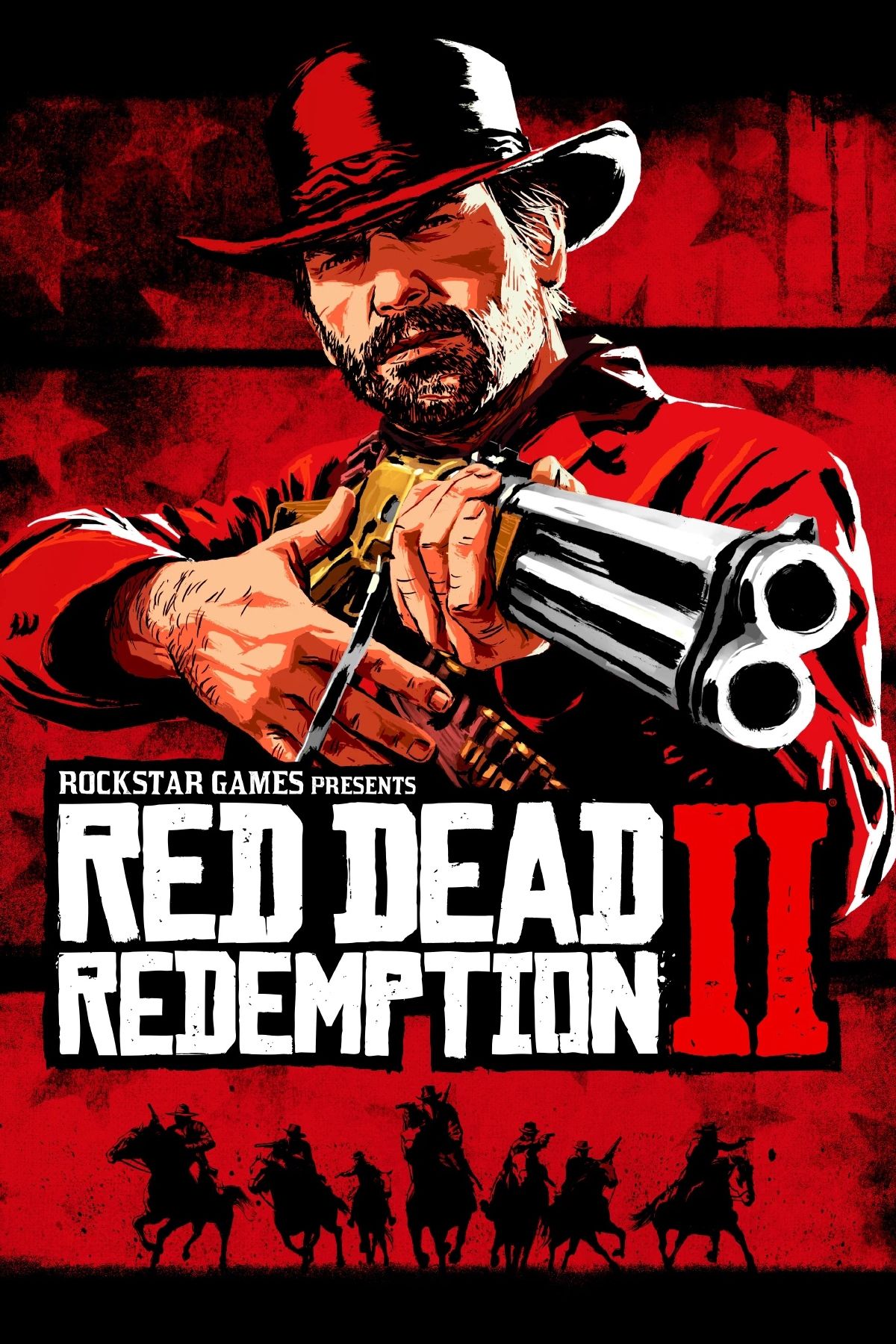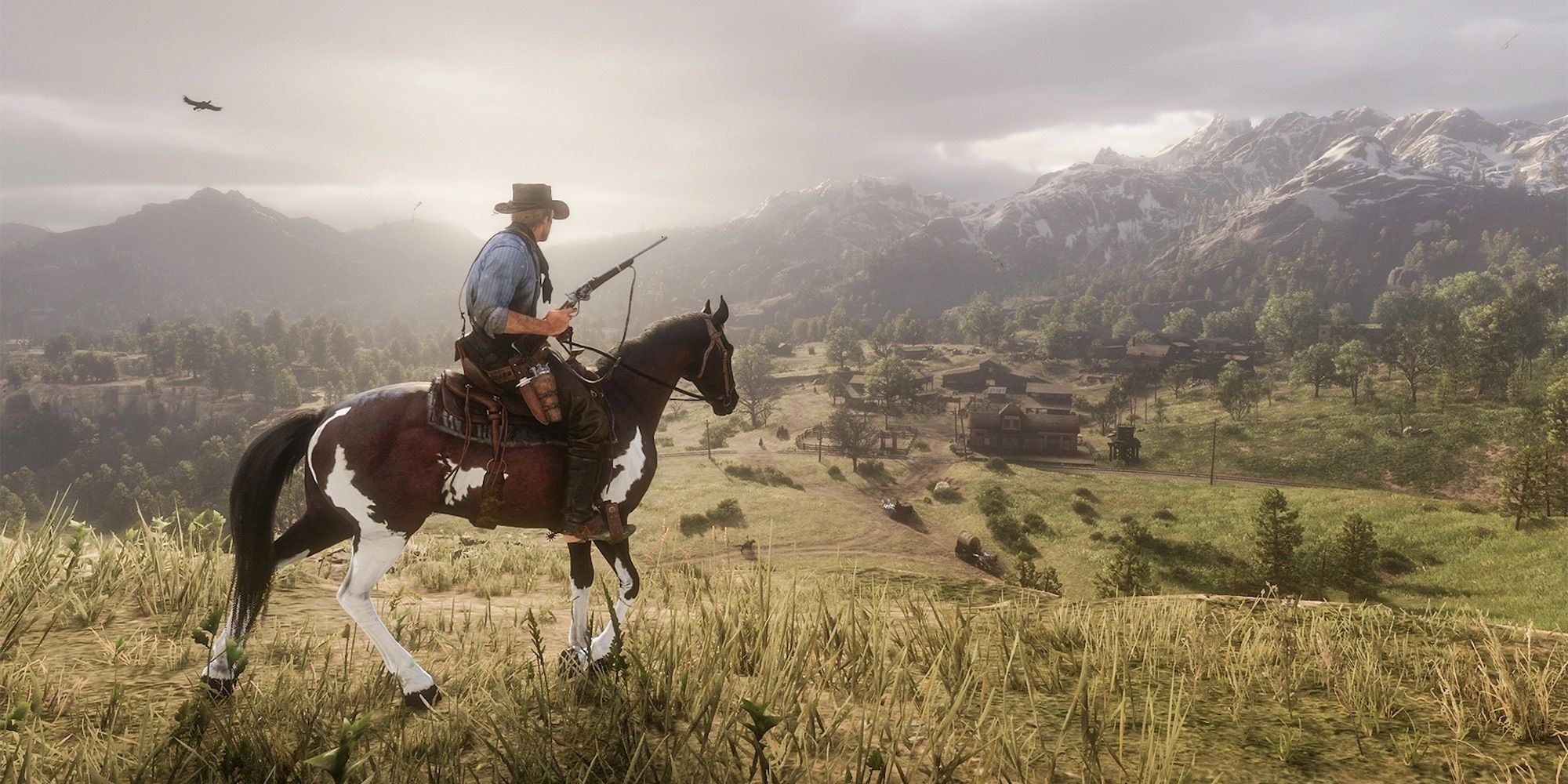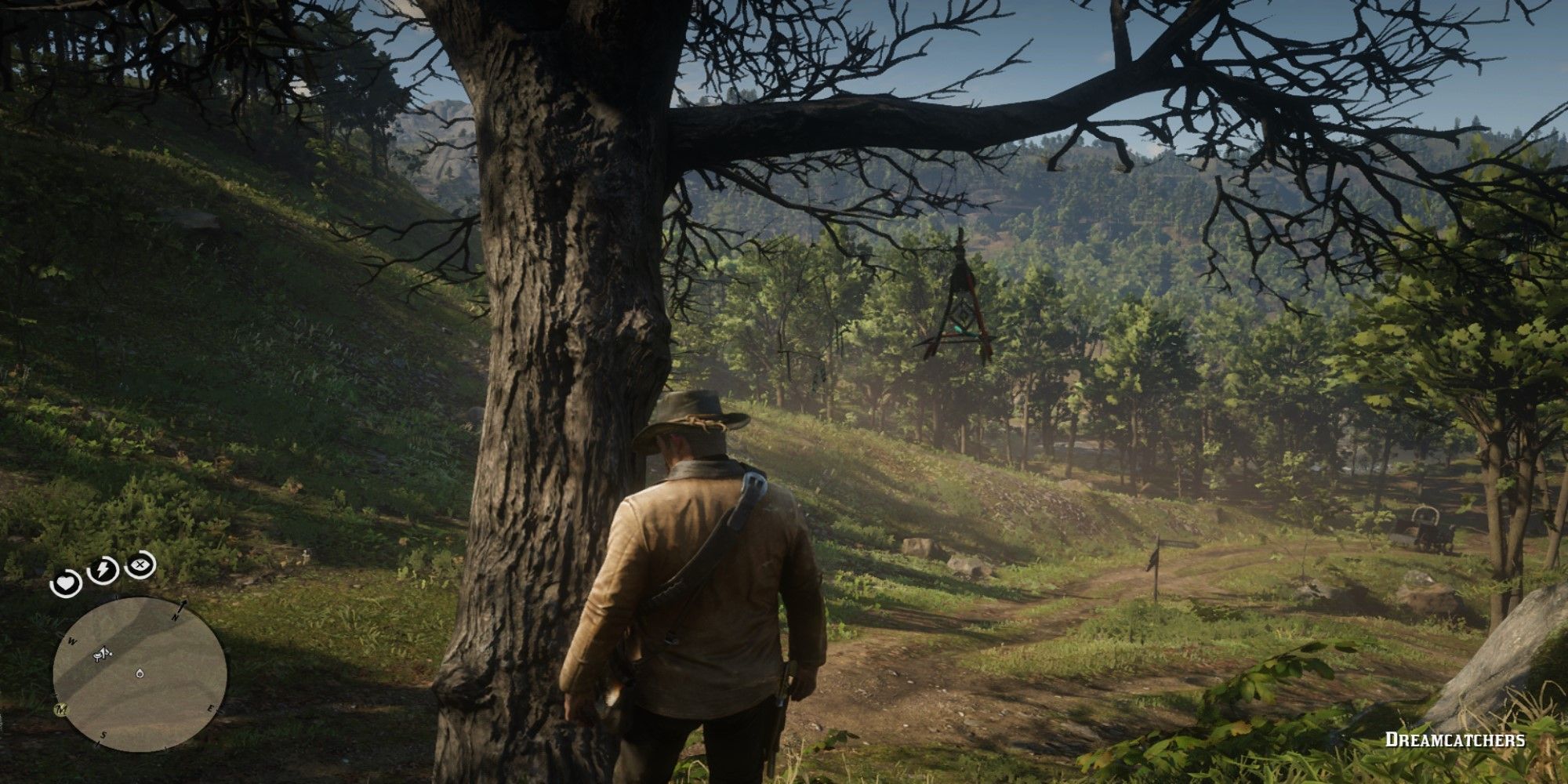Red Dead Redemption 2 celebrates its 5th birthday this week. Happy birthday, Dutch. Happy birthday, Arthur. Happy deathday all the characters who met their unceremonious demise (whose names I shan’t mention, because even though the game is way past its ‘spoiler embargo’ by this point, it’s still a story worth experiencing for yourself if you haven’t already).
It’s not too hard for me to reminisce about Red Dead 2, given that I only got round to completing the game last year, even though I first picked it up way back in November 2018 along with a shiny new PS4 Pro. While I loved its vast wilderness, and would often slow down in the middle of nowhere, forget about whatever mission I was supposed to be going on, and just soak it all in—the sounds of nature, the rustling of the grass, the roar of a Legendary beasts nearby—I found it hard to motivate myself for the main quests. There were myriad reasons for this, one of which was the fact that it took so damn long to ride between them at times.
But over those three-plus years it took me to complete it, Red Dead 2 taught me some valuable lessons about how I approach open-world games. It taught me to let go of the main narrative, banish the inner completionist that I think many of us gamers have within us, and embrace the stunning, slow-going world that Rockstar had created. Because it was clear to me that while Rockstar’s mission design remains quite woefully stuck in the past, its world design in Red Dead 2 remains something truly special (unrivalled, some would say).
Slow Ride, Take it Easy
Every aspect of the game’s design was geared towards making you feel present in that world, turning Red Dead 2 into a weirdly meditative, mindful experience once I got over the initial discomfort I felt when playing it. Everything about Red Dead 2 was slow; the game frequently blocked you from running in certain areas, cross-country rides between missions could take a good 10-15 minutes, and Arthur Morgan lumbered around with the not-so-graceful movement you might expect from a guy who, at 36, was well past his physical prime in that day and age (not to mention his ailing health). Red Dead 2 was a serious slog, but very much a deliberate one.
Now, a lot of open-world games are typically slower and more cinematic than your typical linear action-adventures, but I knew people who loved The Witcher 3—which wasn’t exactly Bayonetta-paced itself—who couldn’t push through the trudgery that Rockstar had built into Red Dead 2. It was a shock to the system, totally flying in the face of what we expected from big, expensive triple-A games that usually offer themselves up much more readily to be completed (FromSoft notwithstanding).
Every single action, from grooming your horse, to cooking food, to looting bodies, to skinning animals, to rummaging through drawers in abandoned houses, was a fully animated process that many of us—influenced by a world that’s constantly pulling our attention in a thousand different directions—struggled with. Red Dead 2 embroiled us in the process of whatever activity we were doing, and—a bit like sitting down to meditate for even five minutes—it tested our patience.
For months, I felt that frustration as I struggled to get into a flow with the game, but in the end I found that by totally letting go of that flow, that momentum that’s historically propelled me through most games I’ve played, I learned to appreciate Red Dead 2 on altogether different terms to how I appreciated other games. I broke through, and I saw what a beautiful, even transcendent, piece of work this game really was.
Into the Wild
It was a meandering game that demanded to be played in a meandering way, so as I’d return to playing it after hiatuses of a couple of weeks or months, having lost track of the story I’d simply wander off into the wilderness, finding strange villages where everyone looked a tad inbred, or spooky happenings in the bayou, or lonely taverns where I get pulled into a brawl with a an absolute giant of a man suffering from microcephaly (Lord knows what the fight was over).
Every single action was a fully animated process that tested our patience.
Legendary animals weren’t just checklists you could burn through like in Far Cry, but painstaking processes that involved tracking and patient stalking that I learned to embrace, happily whiling away a couple of hours hunting these beasts while never taking the stunning environments of this game for granted. Other times, I’d spend an evening in Saint Denis, playing cards in bars, getting into scuffles when things didn’t go my way, and heading in for a haircut to look like the dandy gentleman I definitely wasn’t.
Red Dead 2’s vast world slowly unfurled for me over a period of three years, culminating in a surprise opening-up of the original game’s map of New Austin (which remained strangely underutilised, yet still a delightful nostalgic trip). I never played a game quite like Red Dead 2, which forced me out of my comfort zone in a lot of ways, and compelled me to drift through it over a long period of time where with other games I’d simply have forgotten about them after a months of not playing. And yet, the way I played through Red Dead 2 really felt like the right way to play Red Dead 2—a game that for me became an unexpected meditation on why I play open-world games in the first place.

Red Dead Redemption 2
- Platform(s)
- PS4, Xbox One, PC, Stadia
- Released
- October 26, 2018
- Developer(s)
- Rockstar Games
- Publisher(s)
- Rockstar Games
- Genre(s)
- Action, Adventure
- Multiplayer
- Online Multiplayer
- Engine
- RAGE
- ESRB
- M for Mature: Blood and Gore, Intense Violence, Nudity, Sexual Content, Strong Language, Use of Drugs and Alcohol

